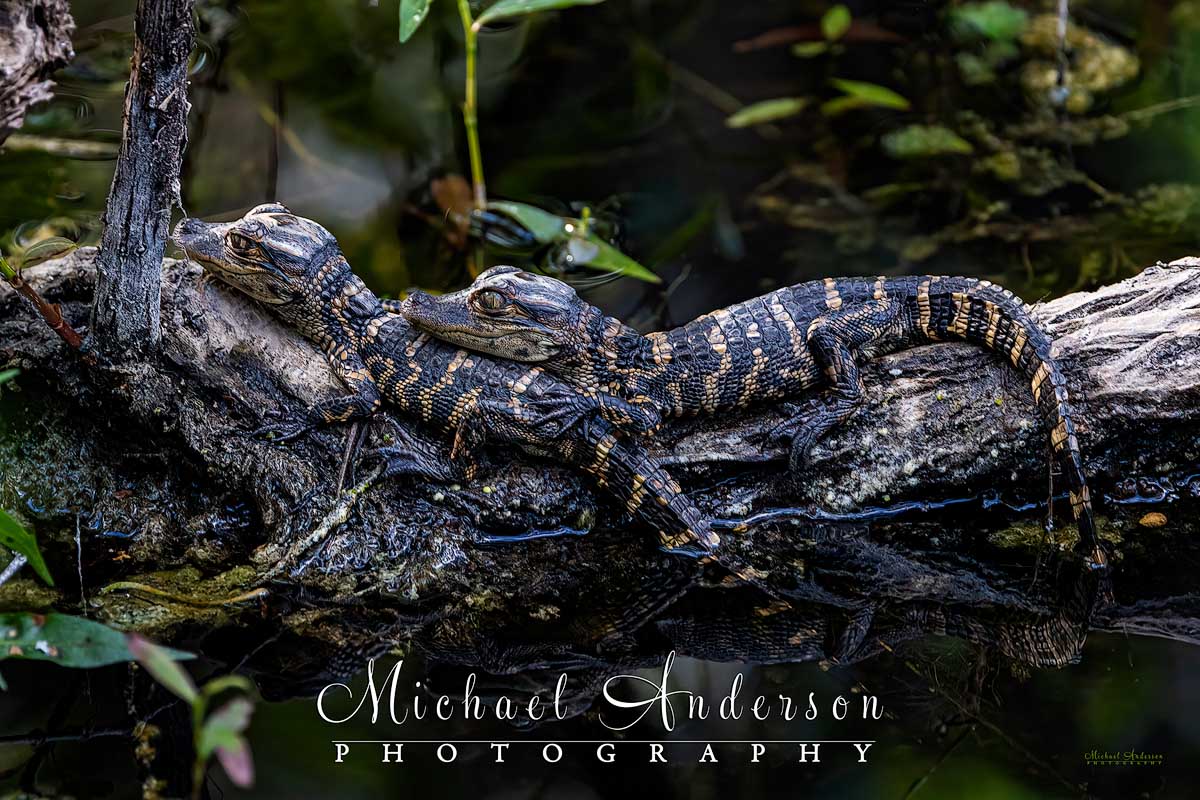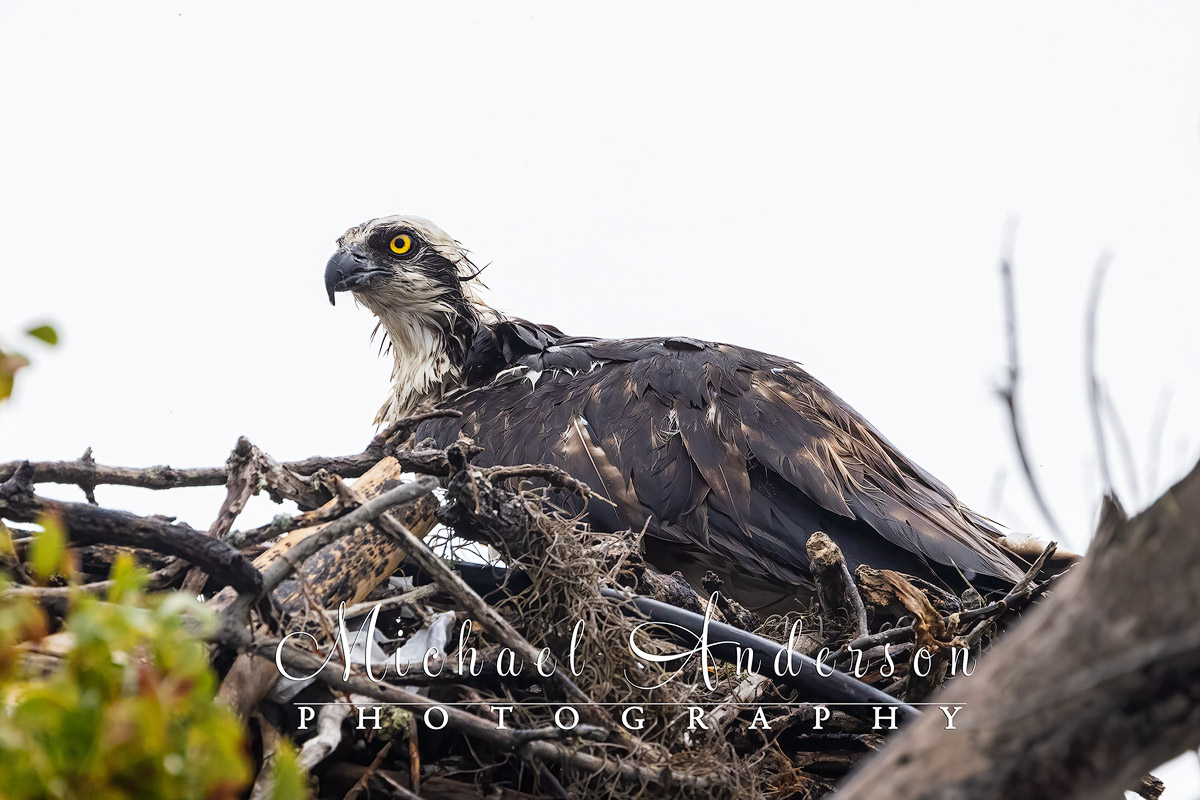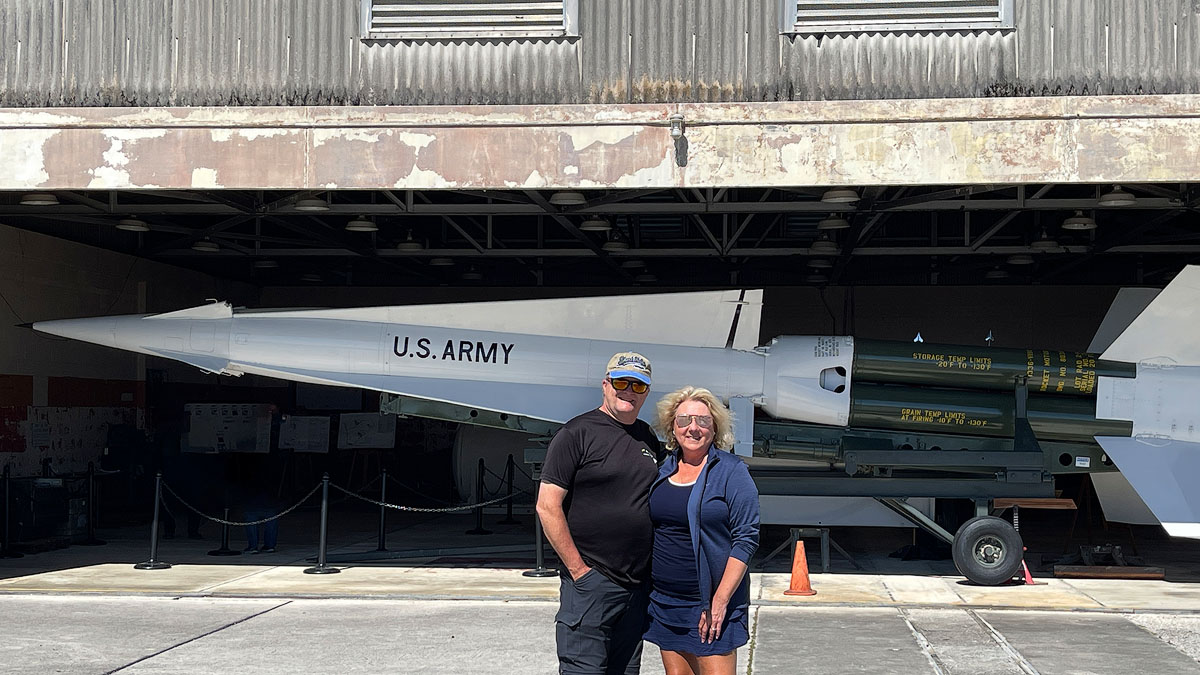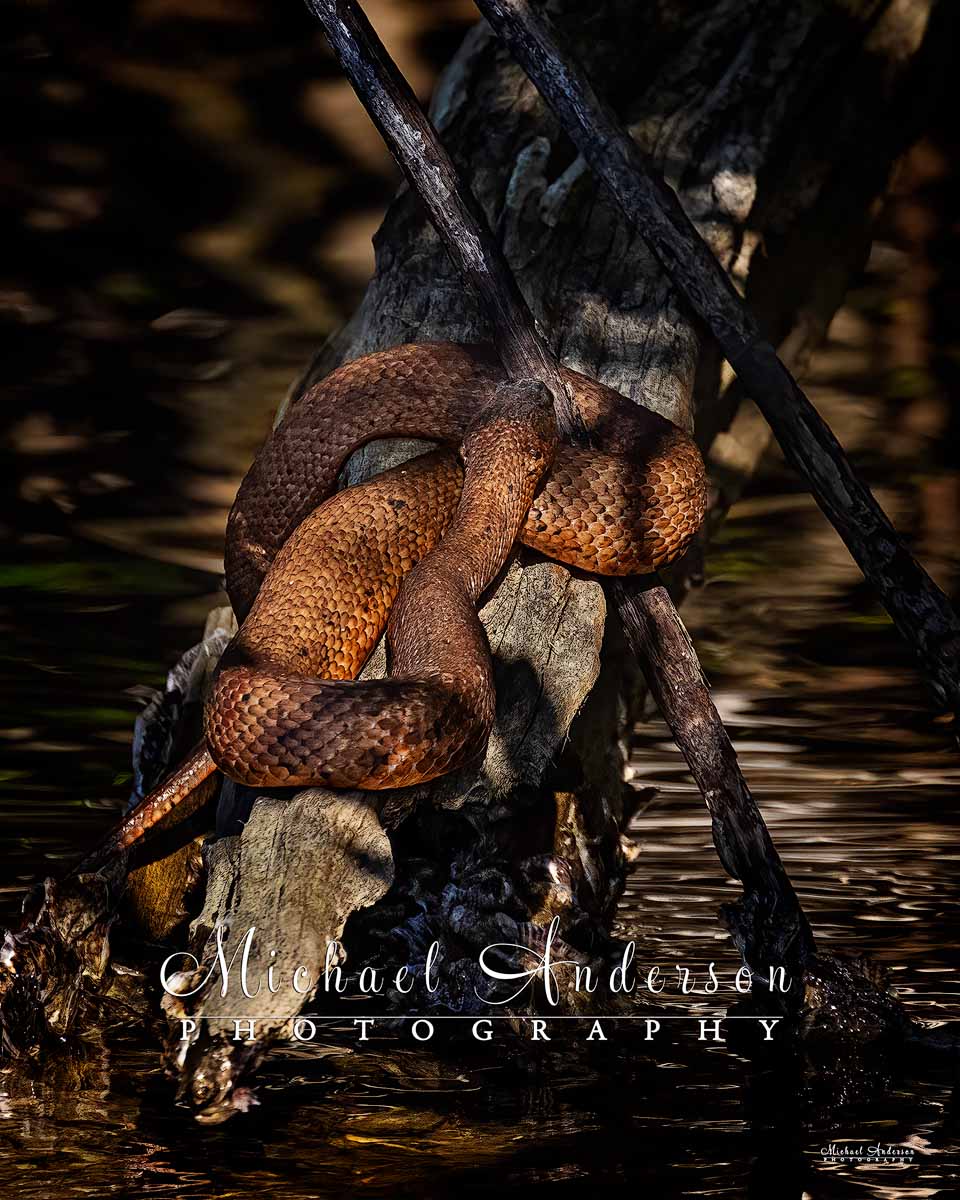Nature and Wildlife Photography in The Everglades
In the winter of 2024, Joannie and I had an amazing travel opportunity for nature and wildlife photography in The Everglades! So, we’re going to take this opportunity to share some of our favorite images and some insight into travel in the area. If you’re planning a trip in that direction, please feel free to reach out. If we can help you make the most of your visit, we would love to do so!
Michael is also considering leading a photo tour in South Florida sometime down the road. If you think you might be interested in joining him, please let us know.
In the coming weeks, we’ll share another new page on our website with nature and wildlife photography in Big Cypress National Preserve, Ten Thousand Islands Marsh Trail, and a little bit about the Florida Keys. Each of these are wonderful locations in South Florida to view and photograph nature and wildlife.
We also have a gallery of our South Florida Nature and Wildlife images from all of these places. These photographs are also available for purchase if you wish!
Click Here to Visit Our Florida Nature and Wildlife Photography Gallery
Nature and Wildlife Photography in Everglades National Park
Before heading to The Everglades, we had a wonderful week-long visit at the Fort Myers winter home of our great friends Wayne and Sally. We have a page on our website that features photographs and stories from several great locations in that area of the State of Florida. You can check that out here – Wildlife Photography in South Florida.
After our stay in Fort Myers, we set out for a week of discovery and photography in Everglades National Park, Big Cypress National Preserve, and the Florida Keys! We didn’t have a specific game plan as to where we would go each day, we just knew it was going to be somewhere in one of those locations. The weather, and how rested we were from the day before, would be the deciding factors for each new day’s adventures.
I had done quite a bit of research as to where we might go and had made an extensive list of the locations, addresses, and websites, in the database on my iPhone. Now, it was up to Mother Nature, and maybe a bit of luck here and there, to see where we might end up and what we might see when we got there! First, we had to get to our rental home near Miami to set up our “base camp”.
At Home in Homestead
We rented an Airbnb in Homestead, which was about 10 miles from one of the entrances to the Everglades. It was also less than an hour from Big Cypress National Preserve, and not too far from the Florida Keys, distance-wise. We ended up exploring The Keys for only one day. The traffic was just too heavy to do it more than once. In hindsight, we would probably find a place in the middle of The Keys next time, it just took too long to get back to Homestead late at night.

This little dude (less than 1 inch in size), is a Spinybacked Orbweaver spider, that made its home right behind our Airbnb in Homestead, Florida.
Wildlife and Nature Photography in Everglades National Park

Our selfie, taken in the rain, at what is known as “The Entrance Potato” at the Homestead entrance to Everglades National Park.
We visited Everglades National Park several times during our stay. The proximity of one of the park’s entrances to our rental home, was by design. Its sheer size (1.5 million acres) meant exploring it on multiple days. On most days, we used the Homestead Entrance and stopped at the Ernest F. Coe Visitor Center for any daily travel advice they might be able to offer.
Nature and Wildlife Photography at Royal Palm

An Anhinga spreads its wings to dry off on the trail that’s named after it – the Anhinga Trail at Royal Palm in the Everglades.
On our very first day, we stopped at Royal Palm. Royal Palm is not too far from the Homestead entrance. Here, you’ll find the departure points for the world-famous Anhinga Trail and the Gumbo Limbo Trails. It was raining for much of our first full day in the Everglades. Thankfully, it didn’t hamper us too badly. However, we did have to seek shelter when it poured for about 20 minutes while we were out exploring the Anhinga Trail. The rain was going to make our first day a challenging one in the Everglades!

One of the first things we saw upon arriving at Royal Palm was a Blue Morning Glory! There would be alligators, and more, spotted very soon!
I hoped that we might get to see some wildlife along the Anhinga Trail, a world-famous boardwalk trail bordering the enormous Taylor Slough. It did not disappoint. Despite the rain, we did get to see the trail’s namesake, the Anhinga (more than one), and several other bird species, including the beautifully colored Purple Gallinule (below).
Oh yeah, and we spotted several of the 83 American Alligators that we would see that week!
The Gumbo Limbo Trail is a paved path through a hardwood hammock. Since it was raining, quite heavily at times, we saved that trail until later in the week when the weather was much drier. So we hopped in the car and made our way, in the rain, down to the end of Main Park Road, 38 miles, to Flamingo.
The Main Park Road Ends at Flamingo
At the end of the Main Park Road is Flamingo. When you arrive, you’ll be at the gateway to beautiful Florida Bay. This is as far south as you can be on the mainland of Florida. The only land that’s further south is the Florida Keys.
Florida Bay, and its adjoining maze of mangrove waterways, provide homes for thousands of birds and a tremendous amount of marine life. Facilities and services at Flamingo include a campground, a marina with boat launching areas, a store, a history museum with a gift shop, and both hiking and canoe trails. Kayak, canoe, and bicycle rentals are also available there. They also offer two unique boat tours, which we did (more than once) later in the week. We’ll cover both of those boat excursions shortly.
The Guy Bradley Visitor Center

I made this photo of the Guy Bradley Visitor Center on our Florida Bay Boat Tour on a nice sunny day (later in the week).
We arrived at the Guy Bradley Visitor Center at Flamingo in moderate rain. So I dropped Joannie off at the door and parked the car. The building is newly reopened in October of 2023 after years of being closed due to hurricane damage from multiple storms. Hurricanes Donna, Irma, Wilma, and Katrina all made their marks on the building with water levels as high as 9 feet inside the building!

This sign shows the different high water marks from hurricanes Donna, Irma, Wilma, and Katrina inside at Guy Bradley Visitor Center.
We can tell you that they did a great job fixing it up. The exhibits are wonderful, the Park Rangers are informative and very helpful, and it has a nice gift shop too!
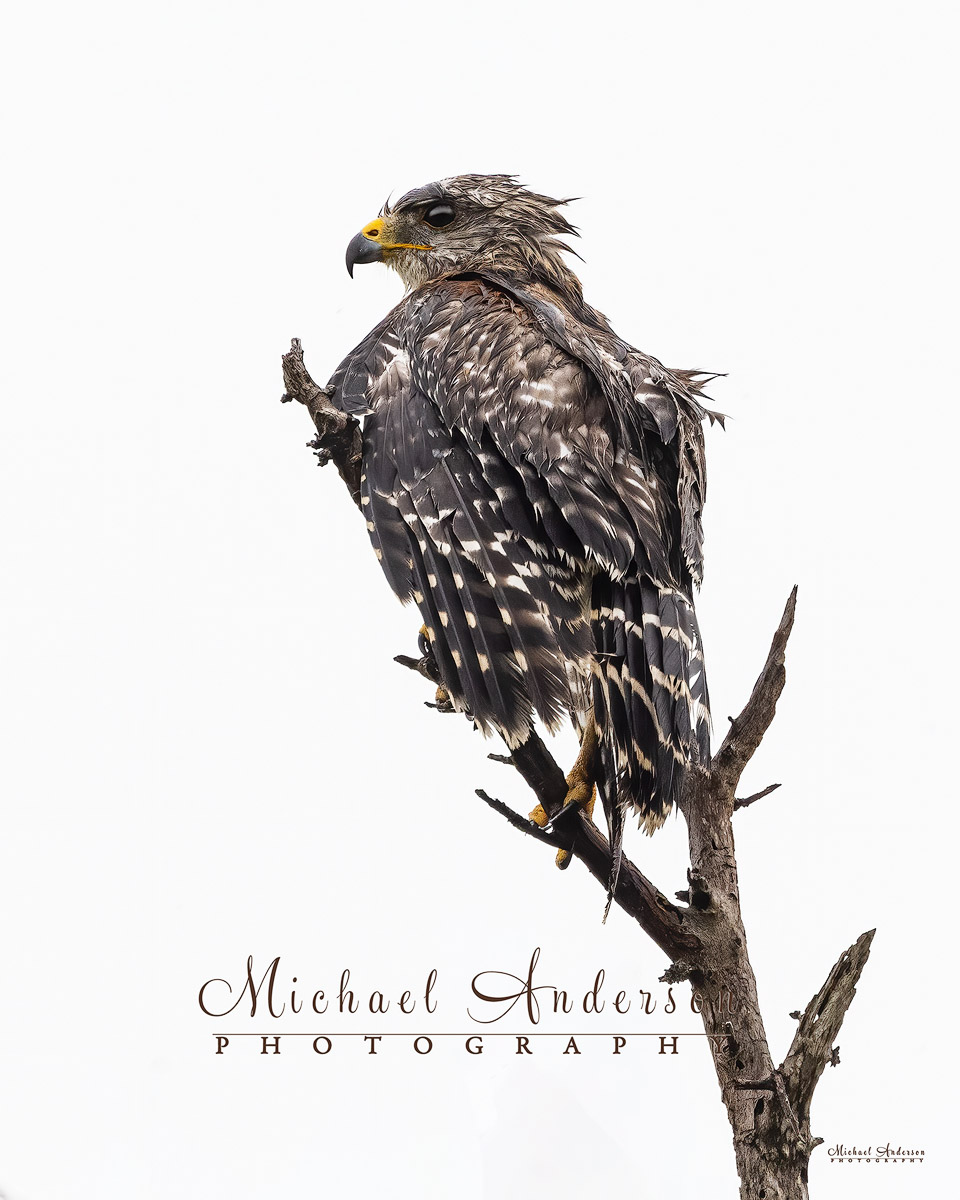
I photographed this wet Red-shouldered Hawk about 100 feet away from the (also wet) osprey in its nest. They both were near the Flamingo campgrounds in the Everglades.
It poured for at least 45 minutes while we were inside enjoying the history and exhibits. Once the heavy rain subsided, we headed outdoors (in much lighter rain) to look around. We also drove over to the nearby campgrounds. While there, we spotted several bird species, including the Western Sandpiper (two images above), an osprey sitting on its nest (below), and the Red-shouldered Hawk (above). All of them were very wet (the Western Sandpipers seemed not to be bothered at all).
Much More To Come at Flamingo!
Joannie and I also got our first glimpse of an American Crocodile on the boat launch that day. He went back into the water before we could get a photograph. It turned out that we would get a couple of pretty good photos of that croc on a future visit. There is so much to see and do at Flamingo, so we would return to this location three more times on our trip – under much drier weather conditions each time!
Please Click Here to Visit Our South Florida Nature and Wildlife Photography Gallery
Nature and Wildlife Photography at Shark Valley in Everglades National Park
One morning, we got up a bit earlier than usual and set out for a visit to Big Cypress National Preserve. On the way there, in the heart of the Everglades freshwater marsh, you pass the Shark Valley Entrance for Everglades National Park.
A couple of days earlier, when we were on our way to check in at our Airbnb, we noticed that there were dozens of cars parked along Highway 41, outside of the entrance. That meant the parking lot at the Shark Valley Visitor Center was full. In my research, I knew that was pretty much a daily occurrence because that location is very popular due to all that it has to offer there. It has a decent-sized parking lot, but not just big enough for the demand.

A selfie at the Shark Valley Visitor Center before our tram tour. It was a chilly, and breezy day, but we were prepared and dressed for it!
Since it’s a fairly long walk from the highway to the visitor center, we were not very excited about doing that with a car full of our suitcases and camera gear. Well, on this morning, there was no wait to get in! So in we went! We signed up for the Shark Valley Tram Tour right away.
The Shark Valley Tram Tour
At Shark Valley, they have a 15-mile paved trail called the Shark Valley Loop. You can explore the paved trail on foot, with an hourly bicycle rental (you can bring your bike), or on a Tram Tour with a Park Ranger as your guide. In the middle of the loop, you can climb a 65-foot observation tower to get a panoramic view of the surrounding sawgrass marsh.
The Tram Tours are approximately 2 hours long. They take you around the entire loop and stop for a break at the Observation Tower so you can walk to the top and take a look around. This option is best for those who want to experience the whole loop at a relaxed pace. The Tram itself is covered so it keeps you out of the sun (or rain). Since Joannie was recovering from major shoulder surgery, we opted to take the Tram Tour over the bicycle option.

We met this alligator right as we departed the Shark Valley Tram to make our way to the Observation Tower at Shark Valley. He was less than 30 feet away from the parking area, just hanging out (probably looking for a snack).
You can walk any or all of the loop as well. The most cost-effective option, walking the path is another relaxing way to enjoy Shark Valley. Then you’ll be able to stop whenever you want for as long as you want. However, for much of the year, you’ll unlikely be able to finish the entire 15-mile loop due to the hot Florida weather (and lots and lots of mosquitoes!).

This was about our 10th American Alligator sighting in the Everglades, and, I think, one of the prettiest too!
Wildlife Photography on the Bobcat Boardwalk Trail
Upon completing the Tram Tour, Joannie and I walked the nearby Bobcat Boardwalk Trail. It was there that we found this guy, a Great Egret (in breeding plumage), looking for, and finding lunch (a Brown Anole). It’s a pretty trail, not very long, but it offers lots to see and discover along the way.
A Relic of The Cold War – HM69 Nike Missile Base
On another day trip, we toured something that you’d never expect to see in the middle of The Everglades! Everglades National Park houses one of the best-preserved relics of The Cold War in Florida! It’s a historic Nike Hercules missile site called “Alpha Battery” or “HM69”. This interesting (and somewhat scary) part of our world’s history is on Long Pine Key Road in Everglades National Park.
Since this page is about nature and wildlife photography in The Everglades, we wrote a blog post about our HM69 Missile Base experience. You can read all about it at the link below.
Our Experience at the HM69 Nike Missile Base
Photographing American Crocodiles at Everglades National Park
Everglades National Park is the only place in the world where you see both the American Crocodile and the American Alligator in the wild! The Everglades is also the only place in the United States where you can see American Crocodiles in the wild.
It’s all because of the mixture of freshwater from Lake Okeechobee and saltwater from the Atlantic Ocean that makes this dual existence possible. And we can vouch for that as we saw a total of 8 Crocodiles on our visit to the park!

This female American Crocodile regulates its body temperature by “gaping”, (holding its mouth open). While it looks like threatening behavior, it’s a normal thing for them to do to keep cool.
Joannie and I saw both species at or near the Flamingo Marina on more than one occasion! While we were there, the best spot to see an American Crocodile was right on the boat launch. There was a pair of crocs on the boat launch each time we visited (probably the same pair each time).
The Park Rangers told us that it was almost mating season, so that’s why they were tolerating each other. We also saw a few more (for a total of 8 on our trip) while on the boat tours from the marina. More on that shortly.

These two American Crocodiles were at the boat launch at the Flamingo Marina each time we visited. The female is the one that’s further up on the boat launch. The male is enormous (more than half of him is still in the water)! I would estimate his length to be about 18 feet! I didn’t have a tape measure with me. 😉
Some Facts About American Crocodiles
The American Crocodile (Crocodylus acutus) is a species of crocodilian found in the Neotropics. You can find them from South Florida, and the coasts of Mexico, to as far south as Peru, Ecuador, Colombia, and Venezuela. They usually live in brackish lakes, lagoons, mangrove swamps, cays, and small islands.
Other species of crocodiles also have tolerance to saltwater due to salt glands underneath the tongue, however, the American Crocodile is the only species other than the saltwater crocodile to live, and even thrive, in saltwater. They can be found on beaches and small island formations without any freshwater source, such as many cays and islets across the Caribbean.

Nice teeth! While it looks like I’m pretty close (Joannie thought I was), I’m about 40 feet from this American Crocodile. I’m using an 800mm lens for this photograph, which allows a nice close-up view without actually being close.
The American Crocodile is one of the largest of all crocodile species. Males can reach lengths of 20 feet long and can weigh up to 2,000 pounds! On average, mature males are more in the range of about 9 to 13 feet long and can weigh up to about 900 pounds. As with other crocodile species, females are usually smaller, rarely exceeding 12 feet in length.
Like any other large crocodilian, the American Crocodile is potentially very dangerous, but it tends not to be as aggressive as some other species. American Crocodiles coexist with the American Alligator in only this part of the world, Everglades National Park.
Flamingo Everglades Boat Tours
As we mentioned earlier, Joannie and I took both of the boat tours that leave from the Flamingo Marina. The tours leave multiple times daily from November to April. Both the Backcountry Boat Tour and the Florida Bay Boat Tour are about 90 minutes long. Both tours have a naturalist onboard to identify trees, plants, and wildlife that you encounter along the way. Joannie and I enjoyed both tours and took the Backcountry Tour twice!
The Backcountry Boat Tour
The Backcountry Boat Tour takes you from the Flamingo Marina up the Buttonwood Canal through Coot Bay and Tarpon Creek into Whitewater Bay and then back to the marina in reverse order. During our trips, our naturalists highlighted many of the unique plants and animal life found there and talked about some of the rich history of Flamingo Everglades National Park.
Our first trip was pretty amazing as we saw quite a bit of wildlife, including our one-and-only snake of the whole trip! We believe that we’ve correctly identified it as a Southern Water Snake. This one was spotted in Tarpon Creek during our Backcountry Boat Tour. It was still there as we made our return trip too!
I can tell you that neither of these were easy photographs to get! First of all, we were in a boat with 25 people all trying to see the snake at the same time. Second, the boat was both drifting and bobbing in the water (like boats tend to do)! Third, we didn’t get very close so we wouldn’t disturb the snake. So that meant using my longest lens, with all that movement going on! Lastly, it blended in with the watercolor so well that it was very difficult to find and focus on from a distance! Whew! Let’s do that again!
Florida Bay Boat Tour

It was pretty bright and sunny conditions for wildlife photography, but fun to see these two American White Pelicans (and many others!) on our Florida Bay Boat Tour regardless!
On the Florida Bay Boat Tour, you depart from the Flamingo Marina in the opposite direction of the Backcountry Boat Tour and head out into beautiful Florida Bay. A naturalist will highlight the birds and sea life of the area while providing a history of Flamingo and its surrounding keys. The name of the tour boat is the Bald Eagle II. It’s a single-deck catamaran that provides incredible views to everyone onboard.
No two tours are alike, and the scenery changes from day to day. Possible wildlife sightings on this tour can include osprey (we saw a lot of them!), wading birds, manatees (right there in the marina), sea turtles, dolphins, and, at certain times of the year, maybe a gorgeous sunset. Looking back, I think I enjoyed the Florida Bay Boat Tour just a little bit more than the Backcountry Tour, even though we did the Backcountry Tour twice. However, both tours were great!
Osprey in The Everglades
While there are certainly osprey in Minnesota, they are nowhere near as plentiful as they are in Florida! There are osprey all over the place! The abundance of food and habitat is what makes that possible. The Everglades are no exception.
I was fortunate to be able to get some nice images of these beautiful raptors. Even some terrific images of them on a couple of nests.

Another one of many ospreys that we saw on the Florida Bay Boat Tour out of Flamingo. This one has a bunch of nesting materials in its clutches. It flew off towards its nest a short time after I took this photo.
Since I did spend so much time photographing a pair of osprey nests, I decided that I would write an entire blog post, just about that experience. The link below will take you to that story and the amazing osprey, and a pair of osprey nests, that I photographed there.
Our Blog Post About Osprey Nests in the Everglades
Wrap It Up!
Thank you for taking the time out of your day to read about our nature and wildlife photography in The Everglades. We hope you enjoyed the stories and images as much as we enjoyed our experience capturing them. We’ll have more stories and images from other places in South Florida coming in the weeks ahead.
If you are interested in going on a landscape, nature, and/or wildlife photography tour, with Michael as your guide and instructor, please drop us a note. Michael’s email is: Michael@adesignerportraits.com and the studio landline is: 763-785-1177. Thanks again! – M&J
Please Click Here to Visit Our South Florida Nature and Wildlife Photography Gallery
If you enjoy nature and wildlife photography, we have several other featured pages on our website. We invite you to check them out!
Wildlife Photography in South Florida
Photographs of Bald Eagles
Photographs of Alaska Brown Bears (Grizzlies)
Humpback Whale Photographs
Photographs of Pele’s Well in Hawaii
Nature and Wildlife Photography on Maui – Raising money for the Maui Fire Relief Effort
More nature and wildlife locations to come! Thank you for spending time on our website. Please contact us if you have any questions. Thank you! – M&J

